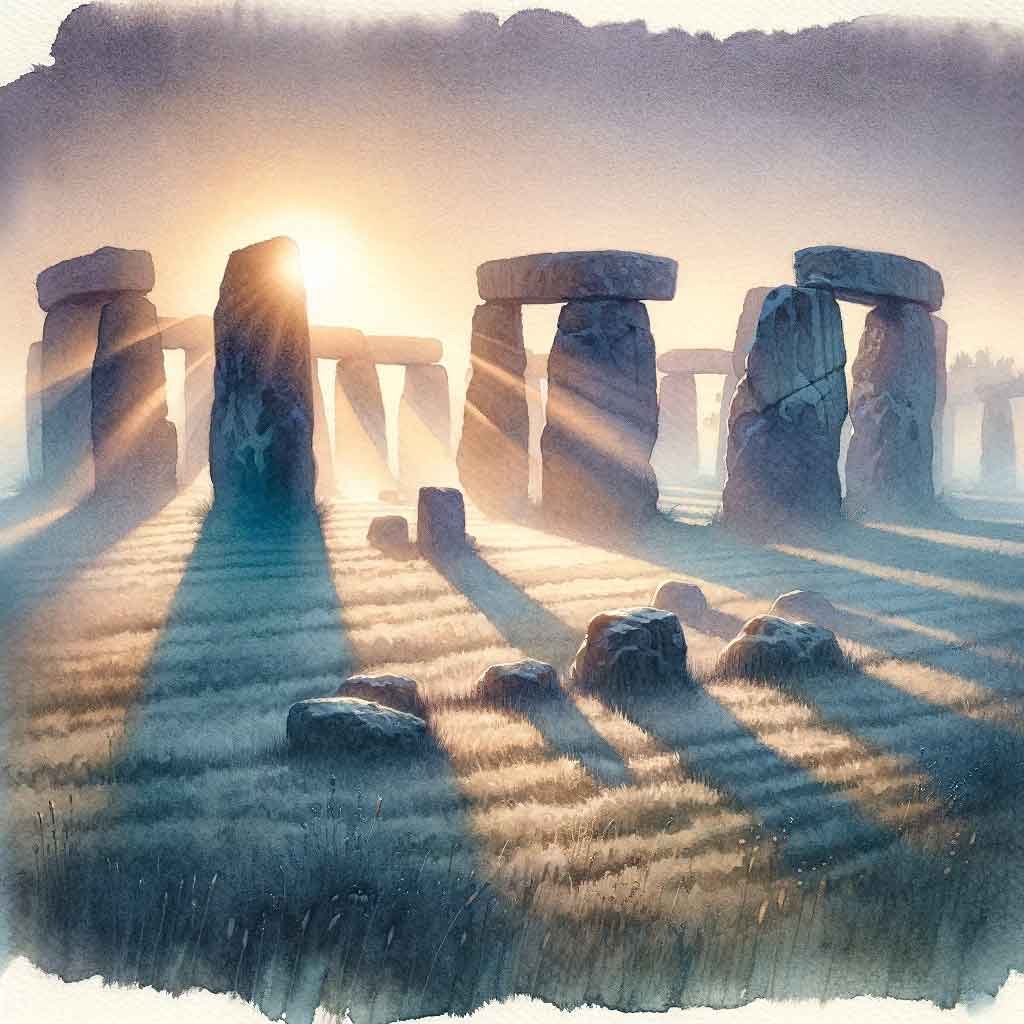The Summer Solstice, also known as Litha in Pagan and Wiccan traditions, is a time of celebration, reflecting the peak of the sun’s power and the longest day of the year. This festival holds deep spiritual significance and is observed with various rituals and traditions.
Traditional Celebrations and Symbols
Bonfires and Sun Wheels: Central to Litha celebrations are bonfires, symbolizing the power and warmth of the sun. People gather around these fires to sing, dance, and revel in the season. Additionally, sun wheels, often crafted from twigs, flowers, and other natural materials, are a common symbol of Litha. They represent the turning of the seasons and the cycle of life.
Creating a Sacred Space
Setting the Mood: A key aspect of the Litha ceremony is creating a sacred space, ideally outdoors, to connect with nature. This space is often cleared of clutter and adorned with an altar, decorated with elements like flowers, crystals, and candles to honor the elements, the divine, and ancestors.
Rituals and Ceremonies
Casting the Circle and Calling the Quarters: The Litha ceremony begins with casting a circle to create a sacred space, followed by calling the quarters to honor the four elements—Air, Fire, Water, and Earth. This ritual invites the presence and blessings of these elements into the ceremony.
Invoking the God and Goddess: The ceremony also includes invoking the God and Goddess, honoring the divine masculine and feminine energies and seeking their blessings. This part of the ritual emphasizes the spiritual connection and reverence for the deities.
Modern Interpretations and Celebrations
Contemporary Culture: Litha’s modern celebrations often blend traditional elements like bonfires and feasting with contemporary practices, including technology and social media, to connect with the wider Pagan and Wiccan community. Public rituals and gatherings in natural settings are also common, offering opportunities to connect with nature and like-minded individuals.
Divination and Spiritual Practices
Divination Work: Litha is an ideal time for various divination practices, such as tarot reading, scrying, and using runes or oracle cards. These practices are embraced to seek guidance, reflect on personal growth, and connect with spiritual realms.
Welcoming and Greeting the Sunrise: A customary practice during Litha is to welcome the sun on the morning of the Summer Solstice. This can be a meditative practice, focusing on gratitude and setting intentions for the day, basking in the sun’s energy.
Nature Connection and Storm Energy
Gather Wildflowers: Engaging with nature is a significant aspect of Litha. Gathering wildflowers and creating items like wreaths or garlands is a way to connect with the earth and celebrate its bounty.
Thunder, Lightning, and Rainstorms: Litha is also a time to embrace the powerful energy of summer storms. Capturing rainwater during storms and appreciating the natural display is seen as a way to ground oneself and harness the strength of nature.
In summary, Litha or the Summer Solstice in Pagan and Wiccan traditions is a multifaceted celebration encompassing rituals, nature connection, and community gatherings. It’s a time of honoring the sun at its peak, connecting with the divine, and embracing the fullness of life.
